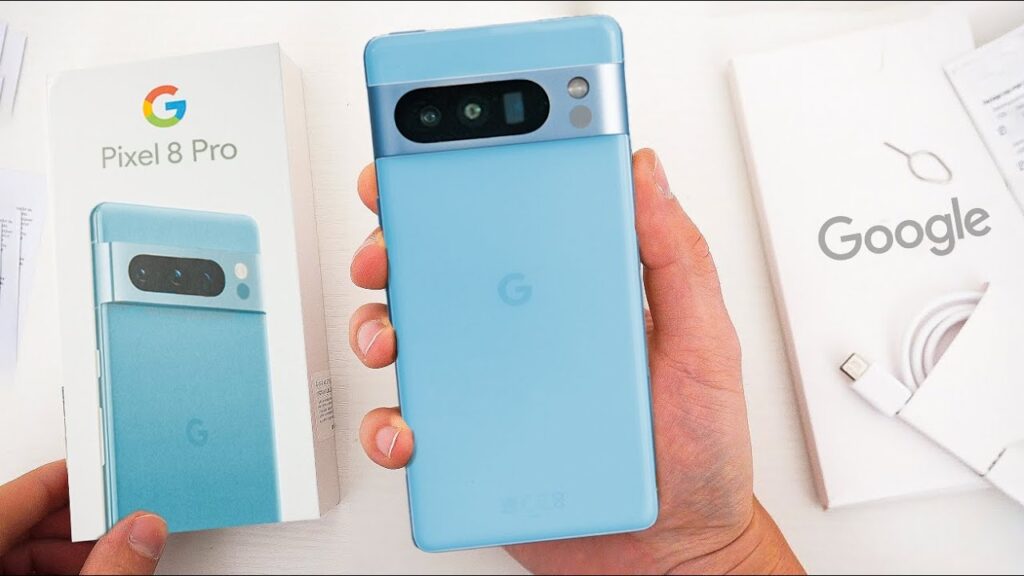This fall, Google is gearing up to launch its next-generation flagship phones, the Pixel 8 and Pixel 8 Pro. The new devices are expected to feature a new design, chipset, and cameras, among other improvements. Here is a roundup of the latest Pixel 8 rumors we’ve heard and a wish list of a few things we hope to see.
Release date and price
The Pixel 8 and Pixel 8 Pro will launch on October 4, 2023, at 10:00 AM ET. Google has already sent out invitations to an in-person “Made by Google” event on that date and confirmed that it would “introduce the latest additions to [its] Pixel portfolio of devices.”
As for the price, we expect both Pixel 8 phones to have higher prices than the Pixel 7 and Pixel 6 series. According to respected leaker Yogesh Brar, Google plans to increase the Pixel 8’s price tag by $50, bringing it to $649. The Pixel 8 Pro’s price is unknown, but we hope it remains at $899.

Design and display
We don’t have to speculate much about how the new phones will look – Google has already revealed some official images of the Pixel 8 series and “accidentally” leaked some more on its website. The Pixel 8 Pro will have a new design with a curved screen and a hole-punch selfie camera, while the Pixel 8 will retain a flat screen and a top bezel. Both phones will have a rectangular camera module on the back with three lenses and a flash.
The Pixel 8 series will come in four colors: Jade, Licorice, Haze, and Peony for the Pixel 8 and Jade, Licorice, Porcelain, and Sky for the Pixel 8 Pro. The Porcelain color for the Pixel 8 Pro looks especially elegant, with a white back and a gold frame.
The display sizes and resolutions of the Pixel 8 phones are still unknown, but we hope they will be at least as good as the Pixel 7 series. The Pixel 7 had a 6-inch OLED screen with Full HD+ resolution and a 90Hz refresh rate, while the Pixel 7 Pro had a 6.7-inch OLED screen with Quad HD+ resolution and a 120Hz refresh rate.

Performance and battery
The most significant upgrade for the Pixel 8 series will be the new Tensor G3 processor, Google’s custom system-on-a-chip (SoC) that replaces the Qualcomm Snapdragon chips used in previous Pixels. The Tensor G3 is designed to enhance the machine-learning capabilities of the Pixel phones, especially in areas such as photography, speech recognition, translation, and security.
The exact specifications and benchmarks of the Tensor G3 are still unknown, but we expect it to be competitive with other flagship SoCs in terms of performance and efficiency. We also hope that Google will offer more RAM and storage options for the Pixel 8 phones than the previous generation. The Pixel 7 had only one configuration with 6GB of RAM and 128GB of storage, while the Pixel 7 Pro had two designs with either 8GB of RAM and 128GB of storage or 12GB of RAM and 256GB of storage.
The battery capacities of the Pixel 8 phones are also unknown, but we hope they will be larger than the Pixel 7 series. The Pixel 7 had a disappointing battery life with a 4,080mAh battery that barely lasted a day on moderate use. The Pixel 7 Pro had a better battery life with a 5,000mAh battery that could last more than a day on average. We also hope that Google will improve the charging speeds of the Pixel phones, which were relatively slow compared to other flagships. The Pixel 7 series only supported up to 18W wired charging and 12W wireless charging.
Camera and features
The camera is one of the main selling points of the Pixel phones, and we expect the Pixel 8 series to deliver impressive results with its new hardware and software. The Pixel 8 series will have three rear cameras: a primary camera, an ultra-wide camera, and a telephoto camera. The primary camera will be upgraded from a 12.2MP sensor to a new Sony IMX789 sensor with an f/1.85 aperture. The ultra-wide camera will be upgraded from an f/2.2 lens to an f/1.9 lens. The telephoto camera will be exclusive to the Pixel.

